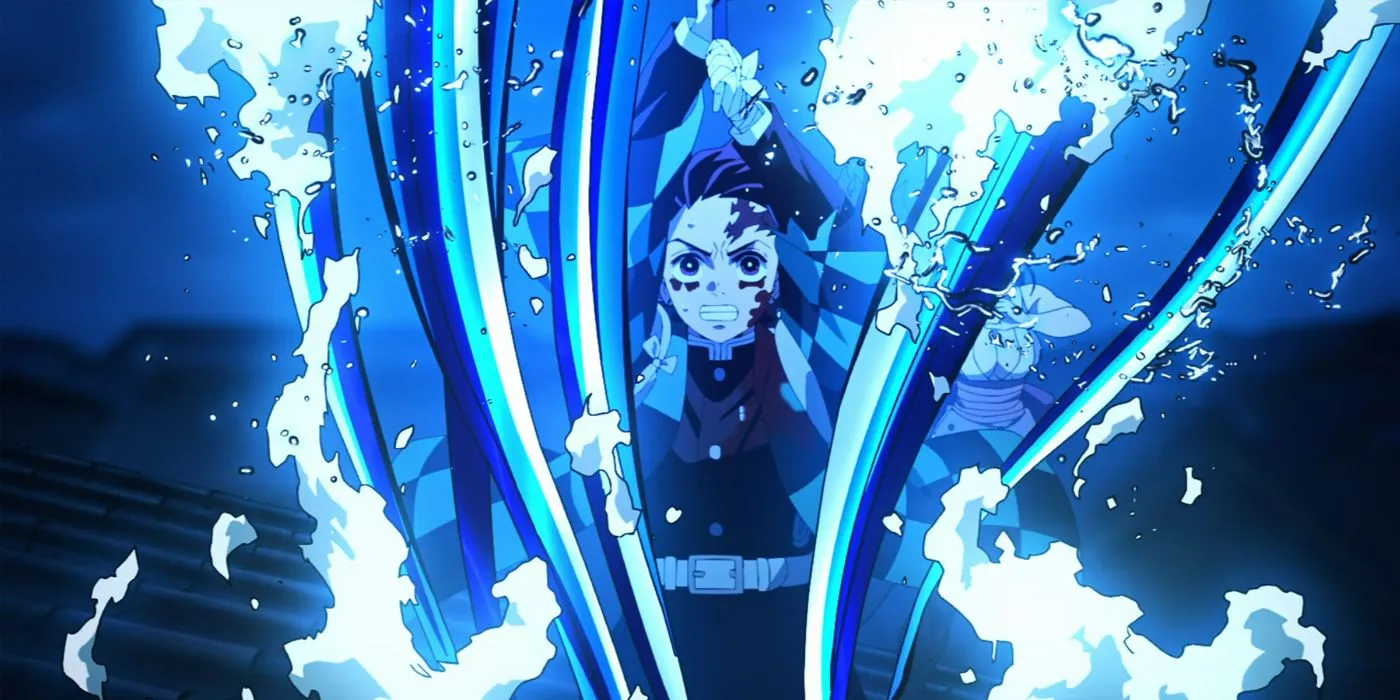
Over the years, the landscape of shonen anime has transformed dramatically, with recent hits like Demon Slayer and Jujutsu Kaisen captivating vast audiences through their stunning animation and compelling narratives. These new titles have not only captured viewers’ hearts but have also introduced innovative elements to the genre, effectively raising the expectations among anime enthusiasts. However, amidst this fresh wave of popularity, Naruto remains a standout series, maintaining a unique status that continues to attract fans.
What sets Naruto apart is its intricate storytelling, which deeply explores each character’s journey. The intricacies of their abilities are carefully crafted and interwoven into the plot, offering depth and nuance that is often not replicated in newer series. While recent titles have redefined the anime narrative in various ways, Naruto’s thoughtful character development remains an unparalleled benchmark within the genre.
Contributions of Demon Slayer & Jujutsu Kaisen to the Shonen Genre
Defining Characters Through Their Powers in Newer Anime





Demon Slayer and Jujutsu Kaisen have captivated audiences with their unique approaches to power systems, complemented by eye-catching visuals. The magnificent execution of Demon Slayer’s Breathing Styles and Jujutsu Kaisen’s Cursed Techniques leaves viewers spellbound. Yet, despite their artistic flair, these shows often miss the mark when it comes to character reflection, in contrast to how Naruto weaves character into its powers.
In Demon Slayer, characters like Tanjiro embody their abilities through their personalities. For instance, Tanjiro’s Water Breathing mirrors his calm and gentle demeanor, while Inosuke’s Beast Breathing corresponds to his untamed spirit. Nevertheless, many instances across the series illustrate how characters can become primarily defined by their abilities rather than allowing their personalities to inform their powers. Rengoku exemplifies this; his vibrant personality and bold aesthetics often overshadow his character depth, being bound to his role as the Flame Hashira.
Similarly, Jujutsu Kaisen features characters like Satoru Gojo, whose Limitless Technique emphasizes the distance he maintains from his peers. While it represents his isolation, there are moments when other characters lack that same level of depth in their abilities, reminiscent of the patterns seen in Demon Slayer.
Despite their engaging narratives and meticulously formed characters, both Jujutsu Kaisen and Demon Slayer occasionally fall short of establishing the same complexity and interconnectedness between character and power that Naruto consistently achieves.
The Character-Driven Powers of Naruto
Enhancing Character Development Through Abilities in Naruto





The brilliance of Naruto lies in its ability to intertwine each character’s powers with their personal journeys and emotional depths. Take Naruto himself—his connection with the Nine-Tails symbolizes the pain and animosity he has faced due to being ostracized by Konoha. Furthermore, his mastery of the Shadow Clone Jutsu illustrates his loneliness and his longing for companionship.
This thoughtful connection is not exclusive to Naruto. For example, Sasuke’s Chidori, characterized by precision, aligns with his singular desire for vengeance. Rock Lee’s unwavering commitment to taijutsu reflects his physical strength and resilience, while Shikamaru’s Shadow Possession illustrates his tactical brilliance and ability to navigate complex situations.
By leveraging characters’ inner struggles through their powers, Naruto allows for more profound engagement during battles, simultaneously enriching character arcs as they advance on their paths. This cohesive link between ability and identity elevates Naruto’s narrative complexity, setting a high standard for character development in the anime realm.
The Complex Supporting Cast of Naruto
Supporting Characters that Reflect Depth and Complexity

The strength of Naruto is notably bolstered by its robust supporting cast, whose complexities rival that of the protagonist. Characters such as Shikamaru, Gaara, and significant antagonists like Itachi and Pain contribute to rich storytelling, adding intricate layers to the narrative. Each character’s backstory, shaped by their respective abilities, infuses the plot with life and interconnectedness.
Gaara’s narrative, for instance, mirrors Naruto’s, yet unfolds in a darker fashion, encapsulating themes of loneliness and subsequent redemption. His evolution into the Kazekage showcases powerful character development influenced by their shared struggles. Likewise, Shikamaru transitions from a seemingly indifferent genius to a respected strategist, brilliantly highlighted by his Shadow Imitation Technique, emphasizing the need for foresight in leadership.
Such thoughtfulness in developing supporting characters is less evident in newer series like Demon Slayer and Jujutsu Kaisen. While both are significant contributions to the genre, they often lack the same level of character intricacy present in Naruto. The exceptional success of Naruto stems from its comprehensive approach to character arcs, which extends beyond propelling the protagonist’s story and enriches the overall narrative through their individual journeys and triumphs.




Leave a Reply